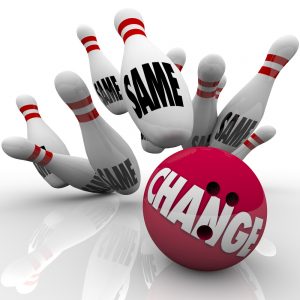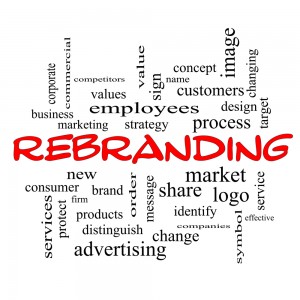 Can you get better at spotting the most promising opportunities? How does anyone know it when they see it?
Can you get better at spotting the most promising opportunities? How does anyone know it when they see it?
If you’re like most people, throughout your life a few great opportunities will land on your doorstep. And again, if you’re like most people, you’ll ignore these rare opportunities because you won’t recognise them as great chances for success.
Don’t feel bad; even people in the opportunity recognition business – including prominent venture capitalists – miss out on great opportunities. Everybody misses a few, no one gets them all.

 According to a recent study, retailers are losing more than 45% of potential buyers due to inefficiencies in their website and operations.
According to a recent study, retailers are losing more than 45% of potential buyers due to inefficiencies in their website and operations. Recently, researchers asked a group of high school students how they most often use email. Their responses? “To communicate with old people.”
Recently, researchers asked a group of high school students how they most often use email. Their responses? “To communicate with old people.” Do you want to drink a venti double mocha skinny chai latte? Do you even know what that is? I don’t. We found in a customer survey that 70% of shoppers were also confused by the choices (and their obscure names) on store’s café menu.
Do you want to drink a venti double mocha skinny chai latte? Do you even know what that is? I don’t. We found in a customer survey that 70% of shoppers were also confused by the choices (and their obscure names) on store’s café menu. Demanding customers, fierce competition, breathtaking technological innovation, etc. These are the realities of today’s global marketplace; realities that have changed forever the way we do business, especially the way we sell.
Demanding customers, fierce competition, breathtaking technological innovation, etc. These are the realities of today’s global marketplace; realities that have changed forever the way we do business, especially the way we sell. The importance of consistency in business seems so basic as to not need discussion. Yet many companies, especially smaller ones, operate in a day-by-day, case-by-case fashion that is disorganised, undisciplined and certainly inefficient.
The importance of consistency in business seems so basic as to not need discussion. Yet many companies, especially smaller ones, operate in a day-by-day, case-by-case fashion that is disorganised, undisciplined and certainly inefficient. Packaging plays an important role as a medium in the marketing mix, in promotion campaigns, as a pricing criterion, in defining the character of new products, as a setter of trends and as an instrument to create brand identity and shelf impact in all product groups.
Packaging plays an important role as a medium in the marketing mix, in promotion campaigns, as a pricing criterion, in defining the character of new products, as a setter of trends and as an instrument to create brand identity and shelf impact in all product groups. Brand names, logos, and slogans are integral parts of any company’s marketing message. All have the same aim: to make consumers react positively to a product or a business. Our research shows, however, that many slogans backfire—for example, causing consumers to spend money when they’re told they can save, or vice versa.
Brand names, logos, and slogans are integral parts of any company’s marketing message. All have the same aim: to make consumers react positively to a product or a business. Our research shows, however, that many slogans backfire—for example, causing consumers to spend money when they’re told they can save, or vice versa. According to a recent study, 58% of business presentations are deemed to be too long, uninteresting and lacking relevant information.
According to a recent study, 58% of business presentations are deemed to be too long, uninteresting and lacking relevant information. In today’s image-conscious society, everything is judged first by how it looks. Rebranding has become the «cure du jour» for everything from sluggish sales to increased competition and outdated products. So how well do these makeovers work?
In today’s image-conscious society, everything is judged first by how it looks. Rebranding has become the «cure du jour» for everything from sluggish sales to increased competition and outdated products. So how well do these makeovers work? Marketers surpass consumers in their daily use of e-mail, texting and social platforms. A whopping 93 percent of marketers have made a purchase as a direct result of an e-mail marketing message, while only 49 percent of online consumers have done so.
Marketers surpass consumers in their daily use of e-mail, texting and social platforms. A whopping 93 percent of marketers have made a purchase as a direct result of an e-mail marketing message, while only 49 percent of online consumers have done so. So you want your website to make you look big. More power to you. But the business experts I talked to recently say small is cool with customers, too.
So you want your website to make you look big. More power to you. But the business experts I talked to recently say small is cool with customers, too.